-
Vote for a
Climate-Resilient Bay
Save The Bay Action Fund envisions a clean, healthy, and resilient San Francisco Bay for generations to come. Every day, we see growing impacts of climate change, which are felt most acutely by low income communities and communities of color. We must take action together to ensure the Bay Area, and especially frontline communities, are ready for rising temperatures, persistent drought, unpredictable weather, more intense wildfires, and flooding from sea level rise, severe storms, and rising groundwater levels.
In addition to climate risks, the lack of affordable housing close to jobs coupled with inadequate and unreliable public transit systems result in more congested roads and longer car commutes. This sprawl increases greenhouse gas emissions and contributes more roadway pollution to our waterways.
For everyone to thrive in a time of rapid climate change, the Bay Area needs to restore our shorelines, build more affordable housing close to jobs and services, invest in bicycle, pedestrian, and public transit infrastructure, and provide universal access to open space and nature.
This fall, you have the opportunity to move these strategies forward when you vote for a climate-resilient Bay Area.
Sea Levels Are Rising
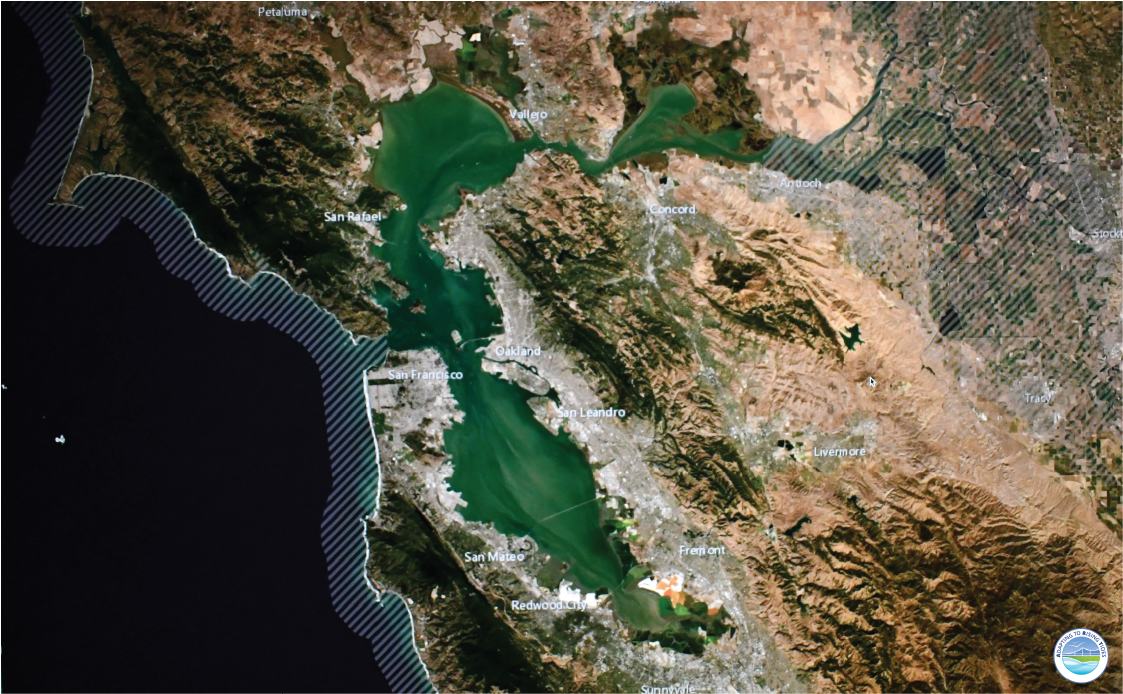
San Francisco Bay Area – Present Day*
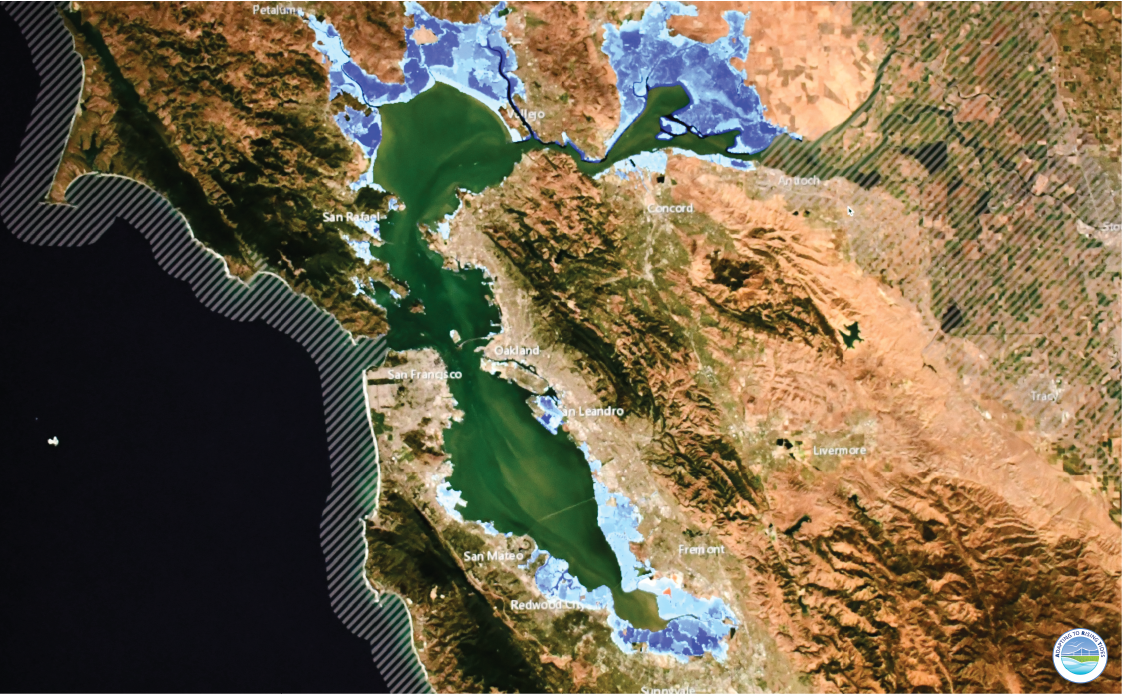
San Francisco Bay Area – 2050
On the left, San Francisco Bay is shown as we know it today. On the right, you can see a conservative 30-year projection of flooding with up to 36″ of water inundation. This flooding is the result of the anticipated sea-level rise and expected storm surges (12″ and 24″ respectively). Wetland restoration provides protection from rising seas, and healthy, restored wetlands are needed to adapt to sea level rise and mitigate flooding in our communities. While we continue to accelerate wetland restoration, we also need to adapt developed areas where flooding will increase to protect vulnerable people and infrastructure on which we all depend.
Nature-Based Solutions
Habitat restoration and green infrastructure are nature-based solutions to address climate risks, that support clean water, flood control, and public access to nature.
Habitat restoration along the Bay shoreline provides multiple benefits including: improved flood protection from sea level rise and storm surges for shoreline neighbors; natural water filtration to improve water quality; and expanded wildlife habitat and open space to ensure that the public is able to access and enjoy the Bay’s natural spaces. Urban greening projects can improve our city centers and neighborhoods with more trees, rain gardens, green roofs and other features that filter trash and pollution from urban stormwater before it enters the Bay. When planned equitably with community leadership, these improvements can also increase urban green space in redlined and underinvested communities, which are disproportionately exposed to extreme heat and flood risk.
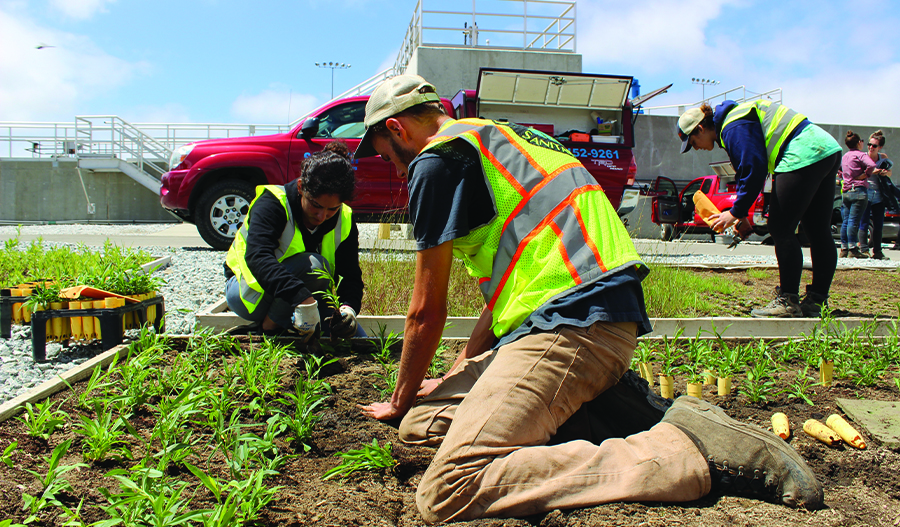
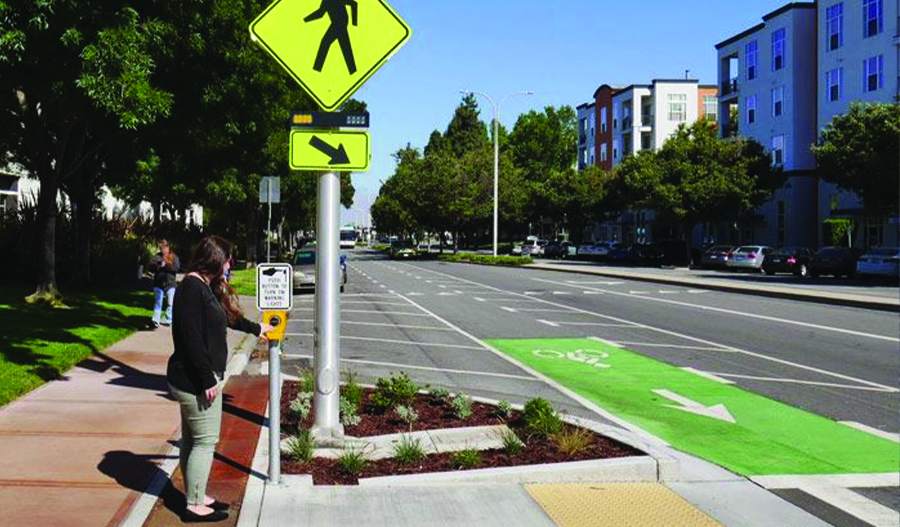
Climate-Resilient Communities
Climate resilient communities put affordable housing close to urban centers, prioritize transit-oriented development and walkable, bikeable neighborhoods, and keep new development away from restorable wetlands and areas at risk of flooding from sea level rise and extreme storms. Being prepared for climate change also requires housing all residents; neighbors without shelter are at the greatest risk from the impacts of climate change.
The lack of affordable housing close to jobs, coupled with inadequate and unreliable public transit systems result in more congested roads and longer car commutes, increasing greenhouse gas, stormwater and microplastic pollution from roadways. Improved bicycle, pedestrian, and public transit options reduces harmful emissions and water pollution from roadways across our region.
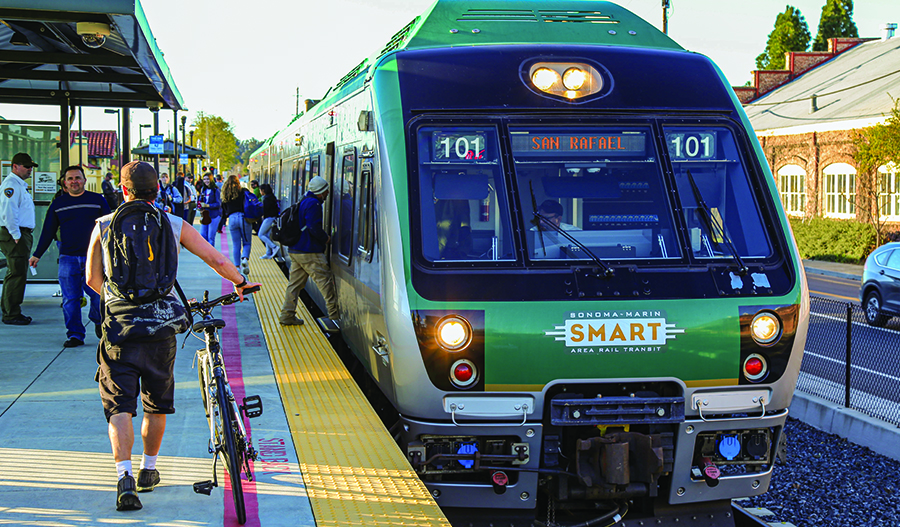
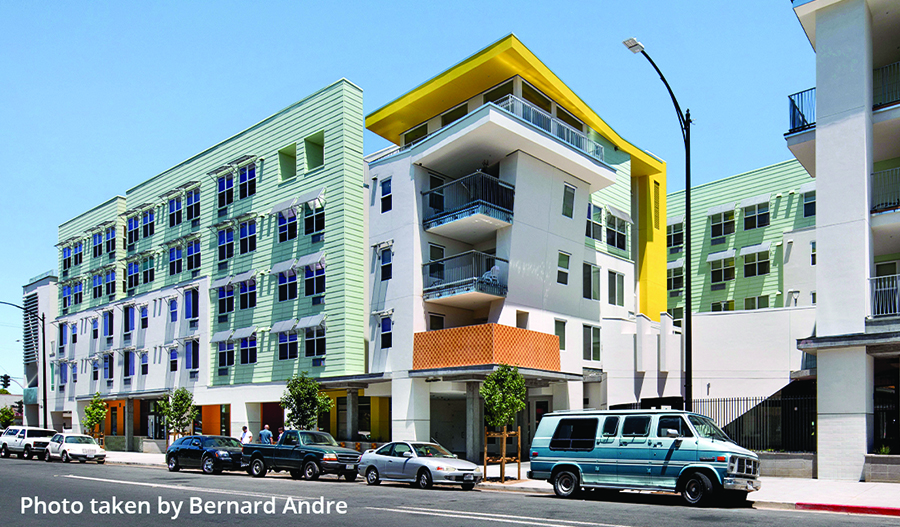
*Map Credit: AECOM (2016). Adapting To Rising Tides Bay Area Sea Level Rise & Mapping Project: County/SF Bay. SF Bay Conservation and Development Commission. https://explorer.adaptingtorisingtides.org
